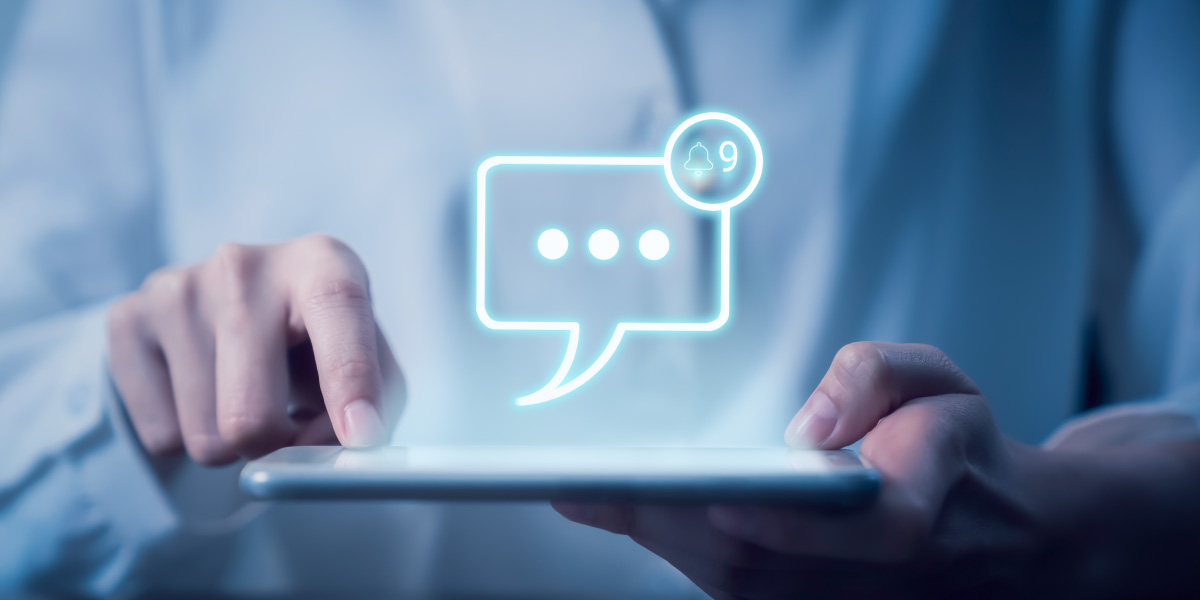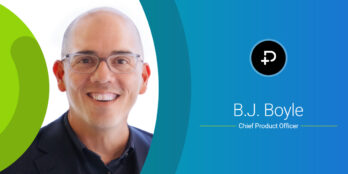
Digitally Transforming Our User’s Content Experience
 3 min
3 min
In 2020, the healthcare industry had to find efficiencies and faster ways to work. In this new normal, care provider’s time and resources were limited, and their workload greatly increased. To ensure our users stay ahead, PointClickCare needed to find new ways to empower our users, simplify the user experience, and deliver value faster.
Solving user challenges
We knew our focus needed to be on getting our users back to what matters most, caring for our aging population. But, as a Content Design Team we faced our own challenges with limited access to Engineering resources. So, with my team by my side, we set out to solve this challenge the way we always do, with innovation. We needed to move away from pages of written words explaining how the product worked, to small bursts of inline knowledge targeted and personalized to what the user was working on at the time. Our mission was set and we began to move forward to empower our users with a consistent, relevant, and useful content experience as they interact with our software. That’s why we partnered with an in-app messaging software solution, to help us achieve our desired outcome.
Evolving for the future
The in-app messaging software solution gave us the ability to design and deploy targeted, personalized content decoupled from the code. With this new technology, we are able to not only empower our users, but also our Content Design Team. Imagine being able to give your users just-in-time content that you can create, release, and change on the fly, without waiting for a release cycle and deployment, or a development team. With new in-app messaging and assistance, the Content Design Team increased the velocity of our releases, getting new products to our users faster, while minimizing impact. Now, with new capabilities, we are able to positively affect new product adoption with in-product awareness, and we can also drive preferred behavior. We provide context-specific support to quickly solve our users’ pain points and areas of confusion, while reducing the burden on our support team. Product onboarding is now in-product, helping our customers find the resources they need to be successful.
How we transformed successfully
As we continued to evolve to fit the current and future demands of our users, we wondered how our users would react to the change. Would the inline knowledge be useful, or would they find the pop ups annoying? Would there be pop-up fatigue? To find out we ran A/B testing and used analytics to trial content experiences with a subset of users. Then, using our data-driven content desicions we repeated the process. The data drove a well-thought-out content strategy and allowed us to focus on the right content experience for our users. This allowed us to quickly offer a far superior personalized content experience. In 6 short months we moved our users from long detailed PDF newsletters and guides living outside the product, to in-app notifications and in-line interactive learning.
Continued success
Our hard work definitely paid off and we were able to succeed in our mission to empower our users. Right now, all of our customers are using in-app task assistance to support our product releases and we continue to enhance the experience by incorporating task assistance and inline learning throughout our existing products. Other successes include:
- We reduced the Release Newsletter from 64+ pages to a 10-page Update Summary. We did this by actively moving learning practices inside the product and providing easy-to-follow tool tips. We also offer guided walkthroughs supporting users throughout the process of completing a new workflow or task.
- We delivered resources to the user’s fingertips, decoupled from the code, through our context sensitive Resource Hub. This functionality allows the Content Design Team to package our product resources, such as, interactive task assistance, helpfiles, product training courses, live training sessions, and product news. The addition of the resource hub makes it easier for our users to get the level of support and learning they need.
We’re not done yet
Although our content experience has come so far over the last year we are just beginning our journey. As we continue to iterate and innovate, our content vision takes shape, supporting our users and enhancing the user experience in today’s new normal.
June 25, 2021






